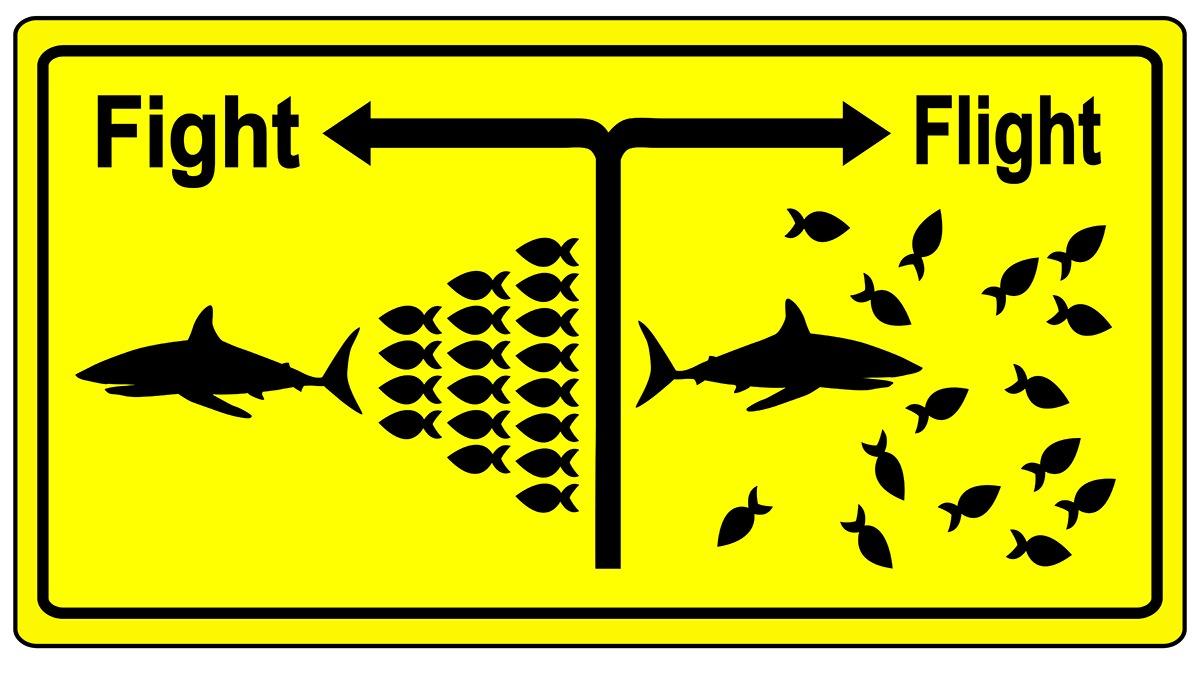Explore the World's Best Ideas
Join today and uncover 100+ curated journeys from 50+ topics. Unlock access to our mobile app with extensive features.
Own Your Armor (1/2)
- When people feel threatened, they build up protective armor, that fuels a perpetual cycle of workplace dysfunction.
- Bad culture often bubbles beneath the surface and isn’t talked about, but people must address it in order to improve it.
- Fight-or-flight reactions cause armor to build up in a team when there are threats in the environment.
- Armor can make reasonable people seem like “bad apples” and can cause chain reactions that affect the whole team.
18
327 reads
Own Your Armor (2/2)
- For team members to take off their armor to restore good communication, they first have to own their armor, beginning with honest self-assessment.
- When members own their armor, that changes a team’s culture, unlocks everyone’s true potential and restores optimal team productivity.
- Courageous leaders powerfully inspire others by owning the impact of their own armor first.
16
256 reads
When people feel threatened, they build up their protective armor, and that fuels a perpetual cycle of workplace dysfunction.
“The root of team dynamics problems is almost always a pileup of armor.”
Communication breaks down when people feel threatened and strap on their armor as a defense mechanism.
17
257 reads
Bad culture often bubbles beneath the surface and isn’t talked about, but people must address it in order to improve it.
“The armor we choose tends to be aligned with our preferences for flight or fight in stressful situations.”
To transform your culture, you must confront the root causes of problem areas. Once you acknowledge that threats and armor are fueling the flames of dysfunction, you can begin rehabilitation.
16
186 reads
Fight-or-flight reactions cause armor to build up in a team when there are threats in the environment.
“Armor is justified on the inside (to self-protect), but it almost always irritates others on the outside.”
To return those people or that team to a functional state, you first need to identify the nature of the threats in your workplace.
Do they come from the outside or do they signal poor chemistry among team members?
17
155 reads
Armor can make reasonable people seem like “bad apples” and can cause chain reactions that affect the whole team.
If you ask employees to diagnose the cause of dysfunction in their workplace, they will typically single out the instigators, those people they believe are disrespectful, uncooperative, credit-stealing or prone to shirking their professional responsibilities.
“Armored behavior comes across as less professional behavior.”
“Threat/armor cycles are a very common feature of all kinds of conflict (including between couples!).”
16
151 reads
For team members to take off their armor to restore good communication, they first have to own their armor, beginning with hones
To contribute to your team’s dynamics, ask some insightful questions, such as:
- Pinpointing threats – “What frustrates me most at work?”
- Owning your armor – “How do I tend to react to what frustrates me? What are the things I do that I use to protect myself? What less-optimal behaviors come out for me?”
- Owning your impact – “How could my reactions to frustration look to the people around me? How might my armor make things more difficult for others or add to tension in the team?”
17
138 reads
When members own their armor, that changes a team’s culture, unlocks everyone’s true potential and restores optimal team product
“The key to changing culture is to remove armor and return to interacting with each other.”
Owning your own armor and admitting that being armored up may threaten others is the most effective way to encourage your teammates to be more open.
16
124 reads
Courageous leaders powerfully inspire others by owning the impact of their own armor first.
“If he or she doubles down with more armor and no owning, the dynamic grows, and it gets exceedingly more difficult for the leader to lead.”
Leaders who stand up in front of the room and discuss their threats and armor make a positive impression. The more leaders and team members talk about their armor, the more they can advance their team and their organization to a healthy culture.
16
125 reads
IDEAS CURATED BY
CURATOR'S NOTE
Efforts to change culture by pointing fingers at the leader or “difficult” members of the team tend to backfire because defensiveness and dysfunction spread when everyone “armors up” to protect themselves.
“
instructor Hood's ideas are part of this journey:
Learn more about productivity with this collection
How to set clear objectives
How to follow up after a meeting
How to manage time effectively
Related collections
Discover Key Ideas from Books on Similar Topics
17 ideas
Office Optional
Larry English
12 ideas
Powerful
Patty McCord
Read & Learn
20x Faster
without
deepstash
with
deepstash
with
deepstash
Personalized microlearning
—
100+ Learning Journeys
—
Access to 200,000+ ideas
—
Access to the mobile app
—
Unlimited idea saving
—
—
Unlimited history
—
—
Unlimited listening to ideas
—
—
Downloading & offline access
—
—
Supercharge your mind with one idea per day
Enter your email and spend 1 minute every day to learn something new.
I agree to receive email updates

